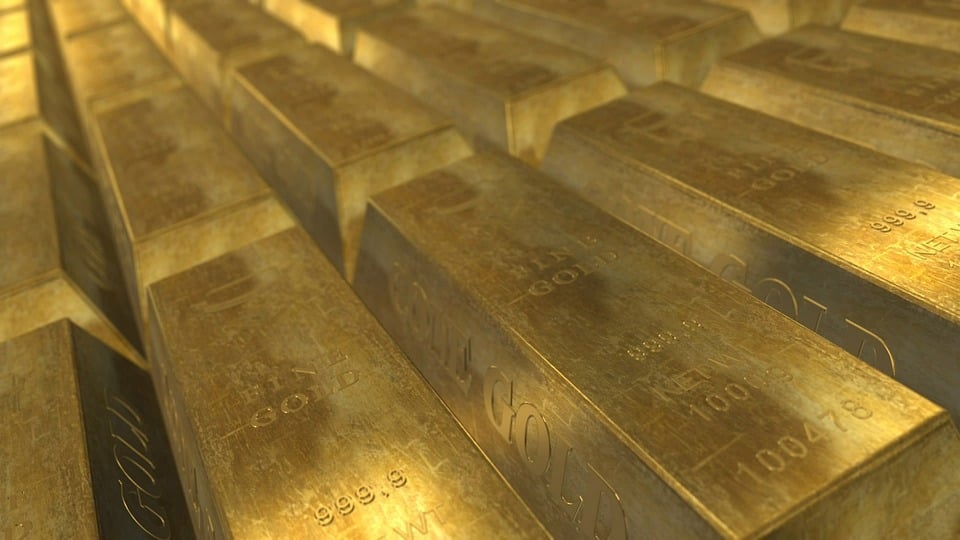Fashion & Style
Gold
About Gold
Gold is a chemical element with the symbol Au (from the Latin “aurum”) and atomic number 79.
It is a precious metal used for various purposes for thousands of years.
When people refer to different “types” or “grades” of gold, they typically talk about its purity, colour, and use variations. Here are some common distinctions:
Gold carat calculations
A gold carat is 1/24 part of pure gold by weight, which means that 24-carat gold is considered pure gold (although, strictly speaking, it’s not quite 100 percent pure). 18ct gold, therefore, consists of 18 parts pure gold and 6 parts alloy; 14ct gold is 14 parts pure gold and 10 parts alloy, and so on.
The purity of gold can alternatively be defined as ‘fineness’, which is the amount of gold per 1,000 parts. To calculate this, we simply divide the amount of pure gold by 24 and multiply the rest by 1,000.
For example, 18ct gold would simply be: 18/24 *1000 = 750.This means that 750 out of every 1,000 parts (i.e. 75 percent) of 18ct gold are pure gold.
Purity:
- 24ct gold (100% purity)
This is the purest form of gold, with a 99.9% or higher gold content.
It is often called “pure gold” and is typically bright yellow.
24ct gold is soft and unsuitable for making jewellery that needs to be durable, so it is often alloyed with other metals. - 18ct gold (75% purity)
: This gold alloy contains 75% gold mixed with 25% other metals, such as copper, silver, or zinc. It is commonly used in high-quality jewellery, as it offers a good balance between purity and durability. 18K gold is slightly less vibrant yellow than 24K gold. - 14ct gold (58.5% purity)
With a gold content of 58.5%, 14ct gold is durable and affordable. It is often used in mainstream jewellery and has a slightly paler yellow colour compared to 18ct gold. - 9ct gold (37.5% purity)
This is the lowest karat gold that can be legally sold as “gold” in the United States. It contains 41.7% gold and is more durable but has a less vibrant colour than higher-karat gold.
Colour:
- Yellow Gold: This is the natural colour of pure gold. Different alloys and karats can affect the shade of yellow, but yellow gold is the most traditional choice for jewellery.
- White Gold: White gold is created by alloying yellow gold with white metals like nickel, palladium, or silver. It is then often plated with rhodium to enhance its white colour. White gold is a popular choice for engagement rings and other jewellery.
- Rose Gold: Rose gold is created by adding copper to the gold alloy. It has a reddish or pinkish hue, making it a unique and trendy choice for jewellery.
Other Variations: - Green Gold: Green gold is not as common as other types and is created by adding silver and sometimes cadmium to gold. It has a greenish tint.
- Black Gold: Black gold is not a natural form of gold but is created by applying various surface treatments, like black rhodium plating, to gold or other metals.
The choice of gold type depends on personal preference, budget, and the intended use. Jewellery, coins, and other gold products can be made from various gold alloys to suit different needs and styles.

